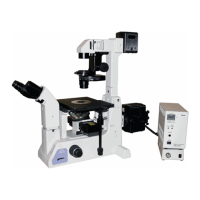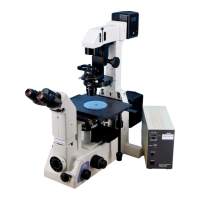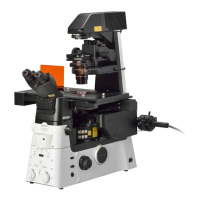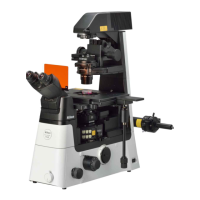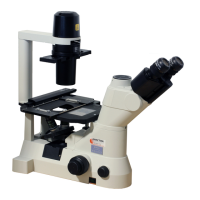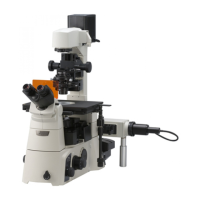Capturing an image
- The “Freeze” (-) button on the Live-Fast top menu [red square icon ] will
freeze the preview without closing the window. Clicking the Live(+) button [green
play icon] will return the window to the live image for focussing and exposure
adjustment.
- There is a focus guide bar under the live image window – the higher the black bar
reading on the scale the more in focus the image will be.
- To take a colour picture, click on the camera icon [Capture (Ctrl+)] in the
Live-Fast window. This will acquire a high resolution image at the DS-5M
Settings, Quality (Capture) resolution i.e. 1280x960 pixels or more typically
2560x1920 pixels with the colour camera. The live image can be set to a lower
resolution, e.g. 640x480 pixels, to make the live image more responsive during
focussing [Fast Focus under DS-5M Settings, Resolution].
- Capturing an image freezes the ‘Live-Fast’ window, so click the green play
Live(+) button to restore the live video image.
- If both the Nikon colour and Hamamatsu B&W cameras are switched on, you can
swap between them via the main menu Acquire, Select Driver.
3) TO SAVE COLOUR CAMERA IMAGES:
- Capture the image using the ‘camera’ Capture (cntrl +) icon with the Nikon
microscope PORT set to camera Port 4, the colour camera]. You can Auto-
capture directly to a folder if you wish, bypassing the need to save all your
captured images manually.
- Go to File, Save As. Save in either TIFF
[uncompressed for archiving, editing,
image analysis] or jpg [compressed for email, PowerPoint]. If you save in
JPEG2000 or ND2 probably only NIS Elements can read the format – although
only these formats save all the image layers. Images are captured in 24-bit RGB
colour by the Nikon colour camera.
- Save images in your own folder in “User Images” in the E:\ [User Data] drive.
The PC has WTCHG network access, a DVD/CD writer and front USB2 ports for
USB data sticks.
Saving as TIFF allows you to save image details like exposure settings and free text (the
software can’t tell what objective you are using or whether it is 1.0x/1.5x zoomed, so you must
manually add this). If you save in jpg you can’t add this useful info to the file. Plus if you
always save as tiff you can re-edit the Image as often as want without affecting quality, but re-
saving a compressed jpg will re-compress it repeatedly, gradually reducing image quality.
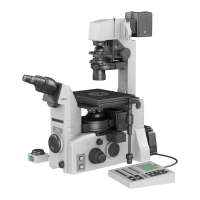
